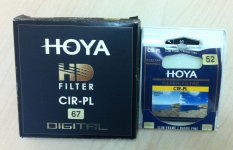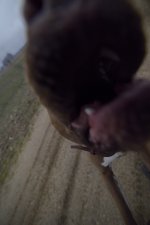You should Michael. All my lens wear cpl's or they wear nothing at all. Seriously, they just seem to help and I use them outside all the time except at night and many times I do not even take them off when I am shooting indoors.
have even considered buying the warming version but cannot get any technical info on it with which to make a decision.
have even considered buying the warming version but cannot get any technical info on it with which to make a decision.
Last edited:


